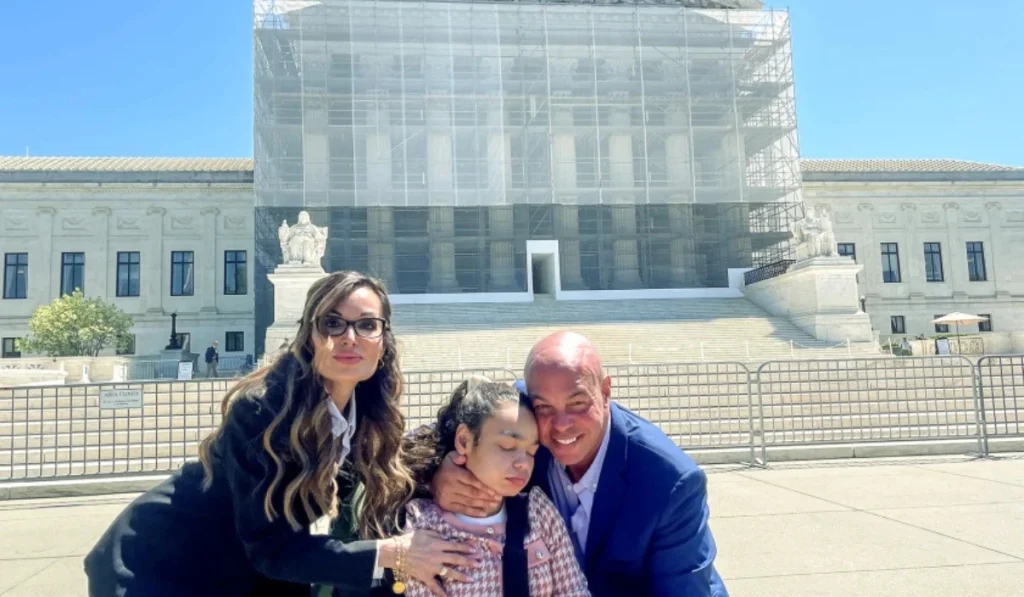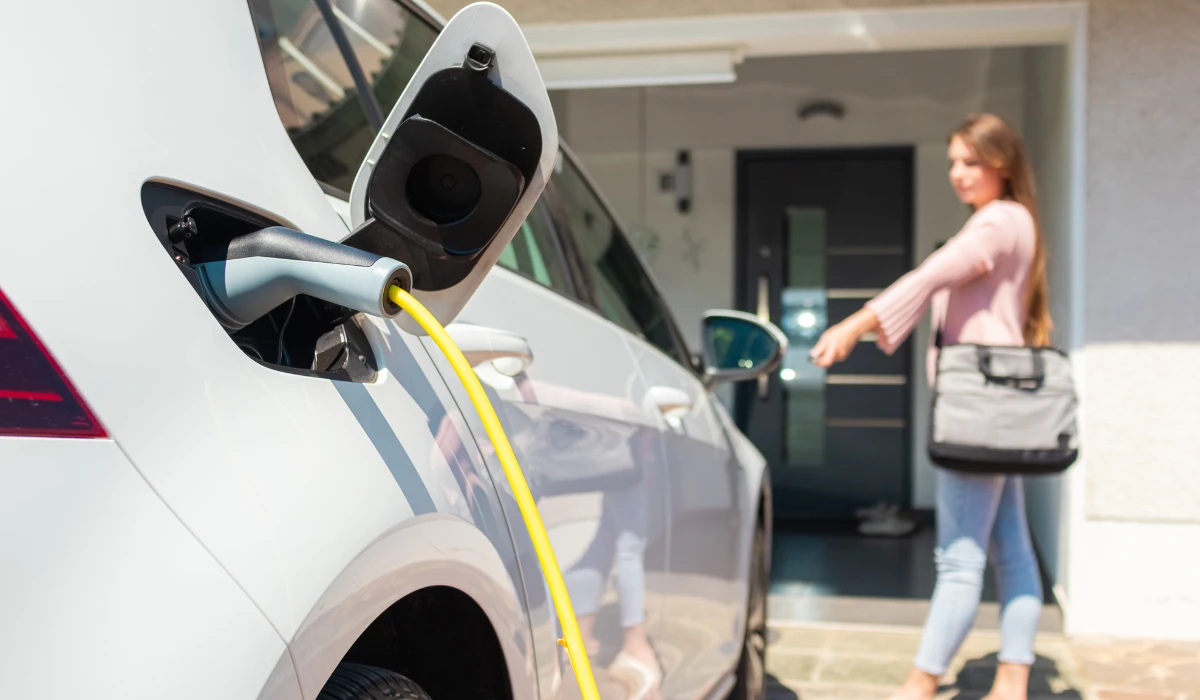We send our children off with waves and smiles, expecting them to return with stories and memories. But in September 2023, that trust was shattered on an upstate highway, and the community of Farmingdale, Long Island, was left to grapple with a question that still echoes today: Could more have been done to protect our kids?
When a charter bus carrying 40 Farmingdale High School band students crashed on its way to a camp in Pennsylvania, the immediate aftermath was chaos and heartbreak. The lives of beloved band director Gina Pellettiere, 43, and dedicated chaperone Beatrice Ferrari, 77, were tragically cut short. Dozens of students were left with physical and emotional scars. Now, nearly two years later, a final report from the National Transportation Safety Board (NTSB) provides devastating clarity. While a blown front tire, worn and underinflated, was the primary cause, a deeper, more unsettling failure contributed to the severity of the tragedy: a near-total lack of seat belt use.
The NTSB’s findings are chilling. Of the 40 students on that bus, investigators determined only one was wearing a seat belt. That single student suffered only minor injuries. The report details how at least 10 other students were violently ejected from the bus as it tumbled 541 feet down a wooded embankment. Two adults, Ms. Pellettiere and Ms. Ferrari, were also ejected and lost their lives. It’s a gut-wrenching reality that forces us to look beyond the mechanical failure and confront a systemic breakdown in our safety culture.
This isn’t about pointing fingers in blame; it’s about sparking change. It’s a mission that State Assemblyman Bill Magnarelli (D-Syracuse) has taken to heart. He is championing a new law to mandate seat belt use for minors on charter buses, a measure he firmly believes could have rewritten this story. “We believe this could have prevented some of the injuries of that crash. The purpose is to keep people safe,” Magnarelli stated, cutting to the core of the issue. “We need to change a perception, for some reason people think buckling up is hard and uncomfortable — but it’s not and could save your life.”
For too long, the message about seat belts on school and charter buses has been passive. The NTSB report noted that while seat belt signs were posted on the bus, and the driver mentioned their availability, no formal safety briefing was given because the school had not requested one. The driver herself was not wearing a seat belt.
This is where the culture shift must begin. A law is a critical first step, but a law without enforcement and education is just ink on paper. Deanne Caputo, an attorney for the Pellettiere family, put it starkly: “It speaks volumes. If they had seat belts on, I don’t think Bea and Gina get ejected and kids don’t get tossed around… There’s a level of reasonable care and supervision for children they should have.”
That “reasonable care” is a standard every parent expects and every child deserves. It means bus companies ensuring their vehicles are maintained, drivers who model and enforce safety protocols, and school districts that make pre-trip safety briefings a non-negotiable part of every single trip. Thankfully, the State Education Department is now proposing changes to the Board of Regents that would require these very actions.
While nearly 50 lawsuits seek justice for the victims, the larger fight is for the future. It’s for every student who will board a bus for a debate tournament, a museum visit, or a band camp. As attorney Mark Budner, who represents one of the families, noted, “Any parent knows that when you entrust children to a school or an organization, you want them to come home safely.”
It’s time to make buckling up an automatic, reinforced, and uncompromised part of keeping our children safe. Their lives depend on it.





